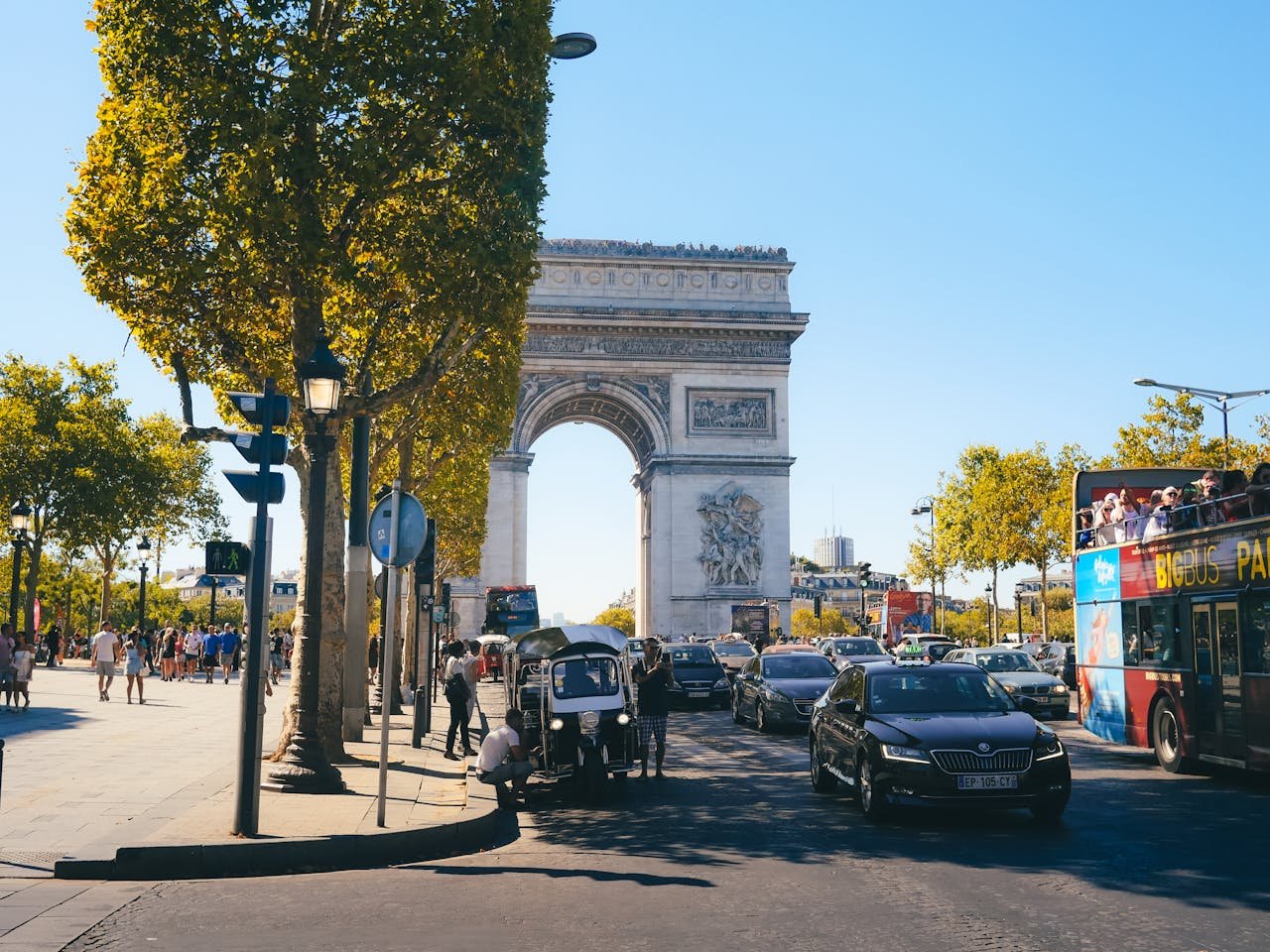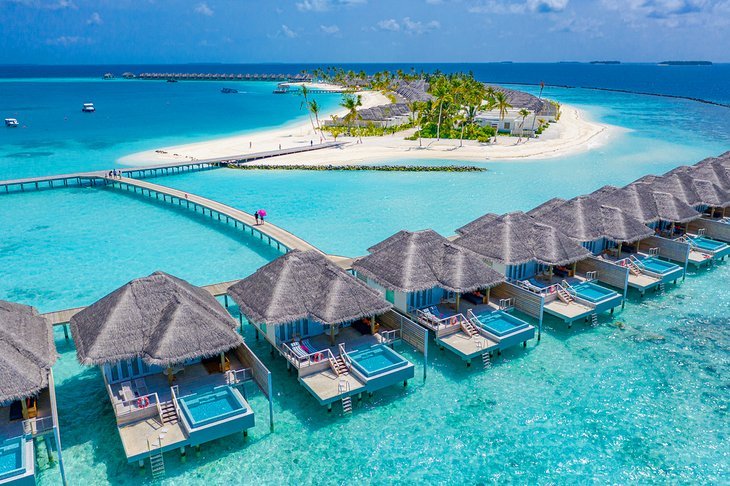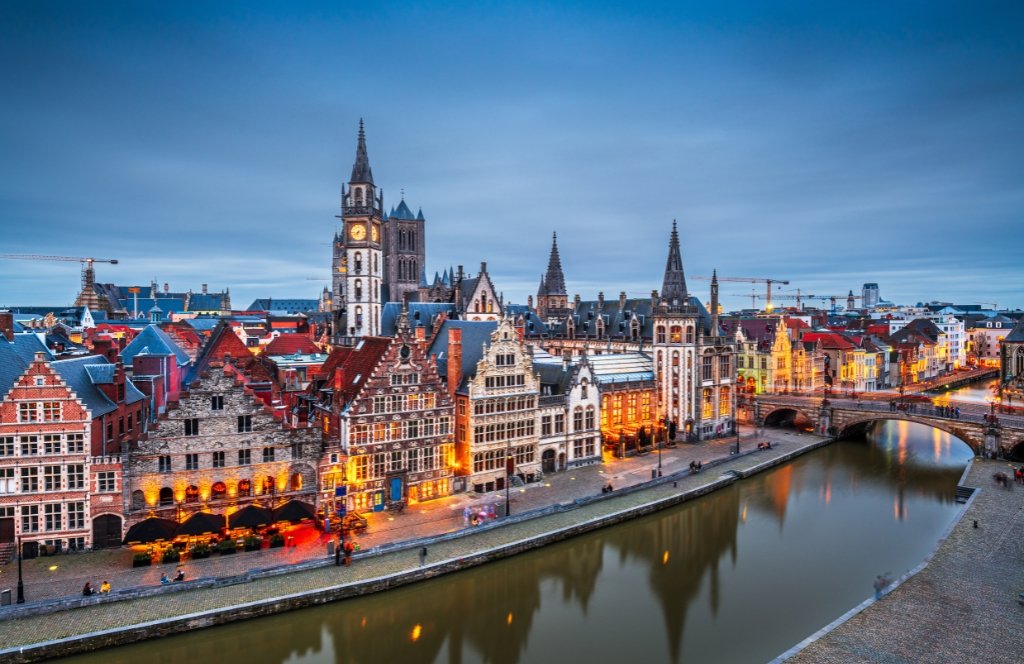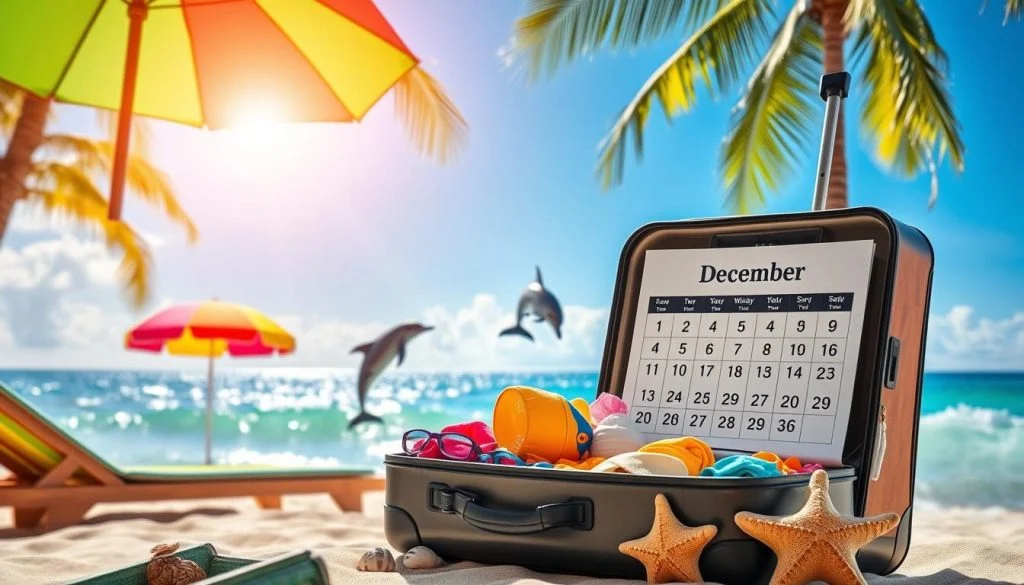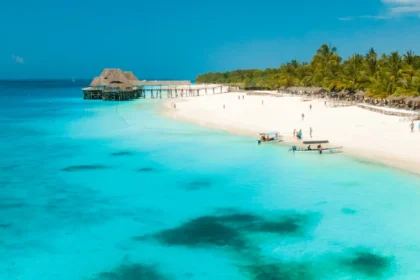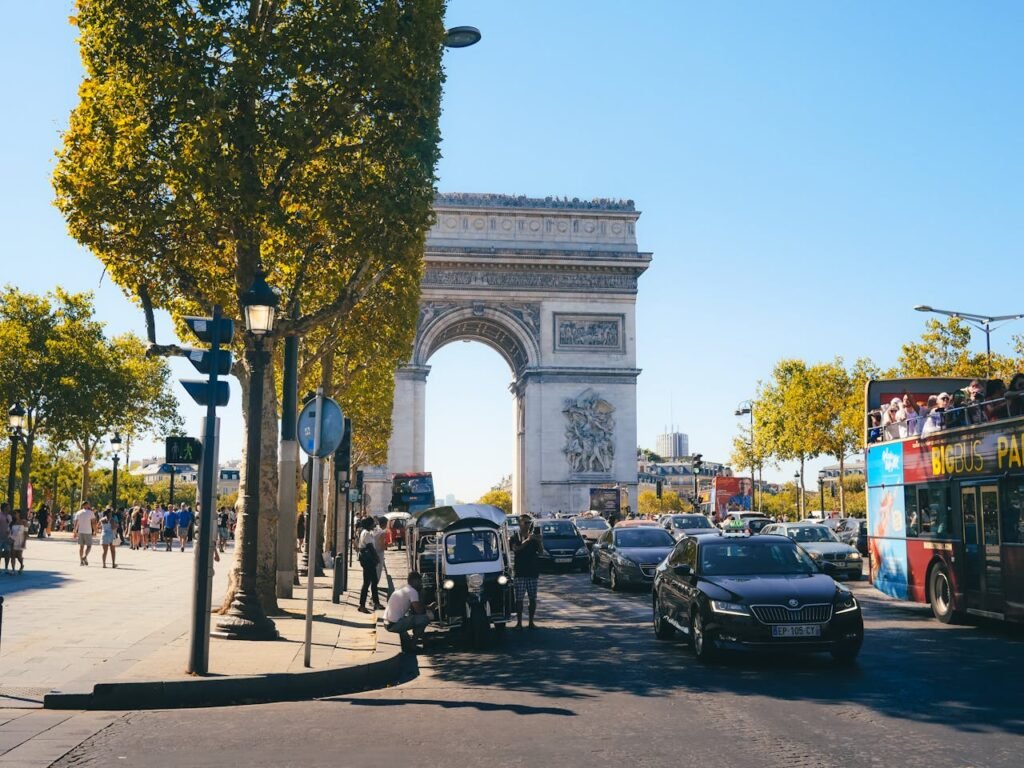
Planning a trip to Europe is always an exciting venture, but choosing the right time to visit can make all the difference. September offers a unique travel experience for those seeking to balance great weather, fewer crowds, and the chance to immerse themselves in European culture. In this guide, we’ll dive deep into the pros and cons of traveling to Europe in September, ensuring that you get the most out of your journey.
From the cooler temperatures to the range of seasonal activities, September in Europe brings opportunities that both first-time travelers and seasoned globetrotters can enjoy. However, understanding the trade-offs will help you plan the perfect trip.
Whether you’re dreaming of Parisian cafes, Italian coastlines, or exploring ancient ruins, this article will provide you with key insights, detailed comparisons, and practical tips. For families looking for similar experiences closer to home, check out top U.S. cities for family fall breaks, or explore east coast family road trips for September. This guide will help you leave feeling informed and ready to book that flight.
Read Also:
- The Ultimate Guide to the Best Honeymoon Destinations in September
- The Ultimate September Getaway: Top Destinations to Visit
- Best Destinations to Travel in September for Perfect Weather
- The Ultimate Guide to Affordable Vacation Spots in September
- Traveling to Europe in September: The Ultimate Guide to Maximize Your Experience
- The Ultimate Guide to the Best National Parks to Visit in September
- Why September Is the Best Month to Visit Italy: The Ultimate Guide
- Hiking Adventures: The Ultimate Trails to Tackle in September
- The Ultimate Guide to Visiting South America in September: Top Destinations
- Packing Tips for Adventure Travel in September: Your Ultimate Guide
Pros of Traveling to Europe in September
Ideal Weather for Sightseeing
One of the major benefits of traveling to Europe in September is the pleasant weather. Europe’s peak summer heat begins to cool down, making it the perfect time for sightseeing. Whether you’re wandering through historic cities like Rome or exploring the breathtaking landscapes of Switzerland, the mild temperatures allow for comfortable exploration.
In the northern parts of Europe, like Scandinavia, September offers crisp air, with temperatures ranging between 50°F and 65°F. In Mediterranean destinations such as Greece and Spain, the temperatures are still warm, hovering around 70°F to 80°F—perfect for a beach day or casual strolls through quaint villages. This balance in climate means you can enjoy both outdoor activities and indoor attractions without worrying about the extreme summer heat or winter cold.
Fewer Crowds at Popular Tourist Spots
By September, the peak tourist season begins to wind down. Many families have returned home due to school schedules, which means major attractions—such as the Eiffel Tower in Paris or the Colosseum in Rome—become significantly less crowded. This reduction in foot traffic offers travelers the chance to enjoy famous landmarks without the hassle of long lines.
In addition, less crowded destinations offer better opportunities for authentic experiences. Visiting local markets in places like Barcelona or Amsterdam becomes more enjoyable when the crowds subside. You’ll find it easier to snag a table at popular restaurants and cafes, and booking last-minute tours or activities is less stressful.
Lower Travel and Accommodation Costs
Another reason why September is an excellent time to travel is the dip in prices. Airfare, hotel rates, and tour packages often decrease as the high summer season ends. While July and August tend to come with premium prices, traveling just a few weeks later allows you to benefit from more affordable rates.
For budget travelers, this is an ideal opportunity to book accommodations in premium locations that might be out of reach during the peak season. Cities like Prague, Florence, and Paris, which see a surge in summer pricing, become more affordable and offer better value for money.
Vibrant Festivals and Cultural Events
Europe in September is also a hub for festivals and cultural events. With the end of the summer heat, many cities hold unique festivals celebrating local traditions, food, and art. Oktoberfest in Munich kicks off in late September, attracting beer lovers from around the world. Spain’s La Mercè Festival in Barcelona and the Venice Film Festival are also highlights of this time of year.
These events provide a fantastic opportunity to immerse yourself in local culture. You can experience traditional food, music, and entertainment while mingling with locals and other travelers. For those interested in the arts, September also sees the start of opera and theater seasons in major cities like Vienna and Milan.
Cons of Traveling to Europe in September
Unpredictable Weather in Some Regions
While September generally offers favorable weather conditions, there can be some unpredictability, especially in northern and central Europe. Rain can be more frequent in regions like the United Kingdom, Ireland, and the Netherlands, which could impact outdoor plans. Temperatures may drop unexpectedly, requiring you to pack for both warm and chilly conditions.
In addition, while southern European countries like Spain, Greece, and Italy experience more stable weather, the potential for autumn storms can arise. If you’re planning outdoor activities such as hiking or beach trips, it’s essential to stay informed about local weather forecasts to avoid disruptions to your itinerary.
Shorter Days
As the season shifts from summer to fall, the daylight hours in Europe begin to shorten. In northern Europe, daylight can start to diminish noticeably by mid-September, meaning fewer hours for sightseeing and outdoor exploration. Southern Europe still enjoys longer daylight hours, but even here, the sun sets earlier than in July and August.
While this might not be a dealbreaker for many travelers, it’s something to keep in mind, especially if you’re planning to visit multiple attractions or take day trips that require early starts.
Reduced Availability for Certain Attractions and Tours
As the high tourist season comes to a close, some tourist attractions and tours either reduce their operating hours or shut down entirely for the offseason. This is particularly common in smaller towns and coastal destinations where tourism drives the local economy. For instance, in places like the Amalfi Coast, certain restaurants, shops, and boat tours may begin to scale back their services as the summer crowds disappear.
However, large cities like London, Paris, and Berlin remain lively, and major attractions stay open year-round. To avoid disappointment, it’s a good idea to check ahead for operating hours and availability if you’re set on specific activities or excursions.
Local Holidays and Strikes
While September isn’t a major holiday season in Europe, some countries have local holidays that can affect travel plans. For example, in Spain, September 11th is Catalonia’s National Day, which may result in closures in Barcelona and the surrounding region. In addition, it’s worth noting that strikes in countries like France and Italy, often organized by unions or transportation sectors, can disrupt travel.
These events can lead to transportation delays, reduced services, and the temporary closure of certain attractions. To avoid these issues, it’s recommended to keep an eye on local news and plan alternative routes if necessary.
Best European Destinations to Visit in September
The Mediterranean Coast: Italy, Greece, and Spain
The Mediterranean remains a fantastic destination in September. With warm temperatures and fewer crowds, destinations such as the Amalfi Coast in Italy, the Greek Islands, and Spain’s Costa del Sol are at their best. Beach lovers will appreciate the opportunity to swim, sunbathe, and dine al fresco without the overwhelming heat and crowded beaches.
In addition, September marks the harvest season for many Mediterranean countries. Wine enthusiasts can take advantage of grape harvesting tours in Tuscany or visit the vineyards of Spain’s Rioja region. This is also the perfect time for culinary tours and cooking classes, as fresh, seasonal ingredients are at their peak.
Northern Europe: Scandinavia, Ireland, and Scotland
For those who prefer cooler temperatures and natural landscapes, northern Europe shines in September. Scandinavia offers breathtaking fjords, hiking opportunities, and the start of the Northern Lights season in Norway and Sweden. Ireland and Scotland, known for their lush green landscapes, are also beautiful during this time, with mild weather and fewer tourists.
While rain can be more frequent in these regions, September offers a quieter, more serene experience. You can enjoy historic castles, scenic road trips, and the cozy charm of local pubs, all without the summer crowds.
Conclusion
Traveling to Europe in September strikes the perfect balance between enjoyable weather, fewer crowds, and vibrant cultural experiences. Whether you’re drawn to the rich history of cities like Rome, the natural beauty of the Alps, or the lively festivals in Munich, September offers something for every traveler.
While it’s important to consider factors such as shorter daylight hours and the possibility of unpredictable weather, the benefits far outweigh the challenges. For those considering alternative travel options, check out top U.S. national parks for families in September, or explore safaris with kids for a different adventure. With proper planning, your trip to Europe in September will be an unforgettable adventure filled with unforgettable sights, sounds, and tastes.

